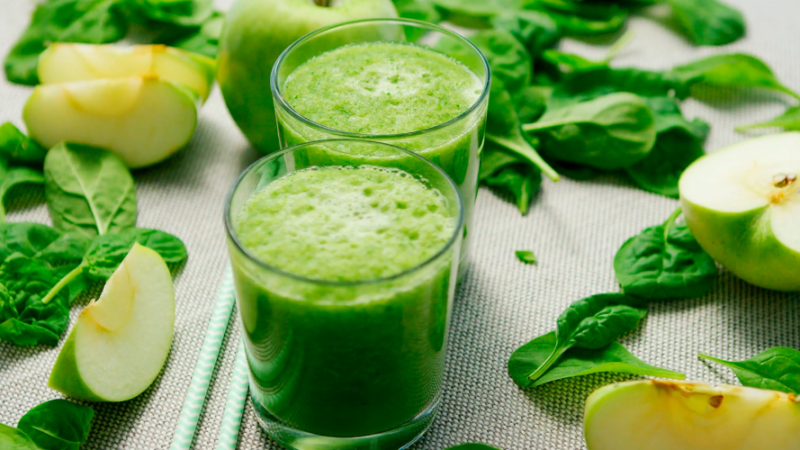How High Volume Low Calorie Food Improving Your Lifestyle

Are you sick of following rigid diets that don’t satisfy you? Would you like to be able to enjoy tasty, satisfying meals without having to worry about consuming too many calories? You’re going to be very happy!
Explore the world of high-volume, low-calorie foods; it’s a gastronomic journey that will satisfy your cravings while also assisting you in achieving your wellness and health objectives. In this blog, we’ll dive into the world of these nutrient-dense powerhouses, highlighting their advantages, offering examples, and pointing you toward a more fulfilling and long-lasting diet.
Bid farewell to the idea that eating healthily entails restriction, and join us on a tasty journey to discovering foods that nourish your body and palate. Are you prepared to transform the way you think about nutrition?
Volume Eating: Unveiling the Concept
In the ever-evolving nutrition landscape, a buzzword gaining prominence is “Volume Eating.” But what exactly does it entail, and how does it differ from traditional approaches to dieting?
At its core, Volume Eating is a nutritional strategy focusing on consuming foods that provide a substantial volume or physical bulk for a relatively low number of calories. Unlike restrictive diets that may leave you feeling deprived and hungry, Volume Eating allows you to enjoy more extensive portions of nutrient-dense foods without significantly impacting your caloric intake.
By emphasizing foods that are not only nutritious but also voluminous, Volume Eating encourages a shift away from the notion that healthy eating requires sacrificing portion sizes or flavor. It’s a paradigm that celebrates abundance and satiety, fostering a sustainable and positive relationship with food.
Benefits of High-Volume, Low-Calorie Foods

Incorporating high-volume, low-calorie foods into your diet has various health benefits beyond just weight management. These nutrient-dense options offer numerous advantages that contribute to overall well-being. Let’s explore the key benefits of including these foods in your daily eating habits.
| 1. Weight Management | Satiety: High-volume, low-calorie foods are rich in fiber and water, providing a sense of fullness and satisfaction, supporting weight loss or maintenance. |
| 2. Nutrient Density | Vitamins and Minerals: Many foods contain essential vitamins, minerals, and antioxidants, promoting overall health and supporting the immune system. |
| 3. Digestive Health | Fiber Content: The fiber in these foods aids in digestion, prevents constipation, and promotes a healthy gut environment. It also supports the growth of beneficial gut bacteria. |
| 4. Hydration | Water Content: Fruits and vegetables with high water content contribute to your daily hydration needs, supporting optimal bodily functions. |
| 5. Blood Sugar Control | Slow Digestion: Fiber-rich foods help slow down digestion, preventing rapid spikes in blood sugar levels and supporting better blood sugar control. |
| 6. Heart Health | Low in Saturated Fat: Many high-volume, low-calorie foods are naturally low in saturated fat, contributing to better heart health. |
| 7. Improved Eating Habits | Mindful Eating: These foods often require more chewing time, promoting mindful eating habits and improving portion control. |
| 8. Increased Volume with Fewer Calories | Portion Size: You can consume more significant portions of high-volume, low-calorie foods without significantly increasing your calorie intake. |
| 9. Long-Term Sustainability | Enjoyment: Including various foods in your diet makes eating enjoyable, sustainable, and less restrictive, promoting a positive relationship with food. |
| 10. Disease Prevention | Antioxidants: The presence of antioxidants in these foods can contribute to the prevention of chronic diseases by neutralizing free radicals in the body. |
Best High-Volume, Low-Calorie Foods for a Healthy Diet
Incorporating high-volume, low-calorie foods into your diet is a smart strategy when aiming to maintain a healthy lifestyle or manage weight. These nutrient-dense options provide essential vitamins and minerals and offer a satisfying and filling eating experience. Here’s a list of some of the best high-volume, low-calorie foods to include in your daily meals:

| High-Volume, Low-Calorie Foods | Examples | Benefits |
| Leafy Greens | Spinach, kale, arugula, lettuce | Rich in vitamins, minerals, and fiber; low in calories. |
| Cruciferous Vegetables | Broccoli, cauliflower, Brussels sprouts | High fiber content, antioxidants, and various essential nutrients. |
| Berries | Strawberries, blueberries, raspberries | Packed with antioxidants, vitamins, and fiber; low in calories and water content. |
| Water-Rich Fruits | Watermelon, cucumber, oranges | Hydrating, low-calorie options with natural sweetness. |
| Lean Proteins | Chicken breast, turkey, tofu | High-quality protein sources that contribute to a feeling of fullness. |
| Legumes | Beans, lentils, chickpeas | Excellent source of plant-based protein and fiber; low in fat and calories. |
| Non-Starchy Vegetables | Bell peppers, zucchini, tomatoes | Low calories, rich in vitamins and minerals, and versatile for various recipes. |
Incorporating these high-volume, low-calorie foods into your meals supports your nutritional needs and aids in weight management and overall well-being. Remember to focus on a balanced and varied diet to ensure you receive a wide range of essential nutrients.







One thought on “How High Volume Low Calorie Food Improving Your Lifestyle”